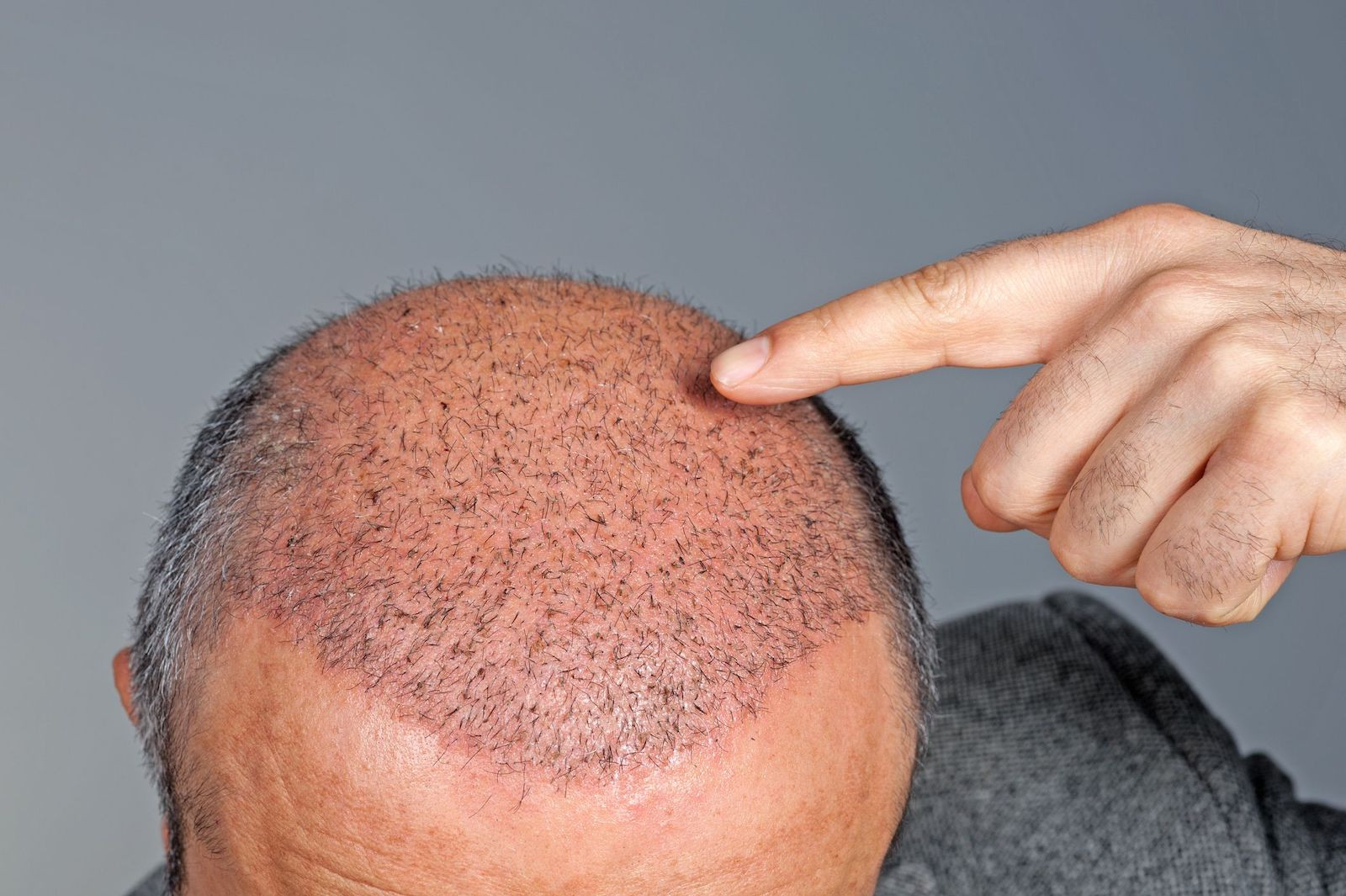Is it possible to fix a bad hair transplant?
The majority of surgeons now employ modern hair transplant procedures such as FUE and Strip FUT, but previous treatments such as scalp reduction and hair plugs have left their mark on many patients - physically.
Hair plugs were frequently utilized until the 1990s, when they were supplanted by better transplant procedures. A punch tool is used to extract tiny, circular chunks of tissue from the back of the scalp, each containing 20 or more hairs. The balding portions of the scalp would next be sliced into slightly smaller circular parts before the hair plugs were transplanted into the holes.
This approach has a number of drawbacks. For starters, when hair plugs were removed from the back of the head, the patient was frequently left with visible circular scars. Worse, the hair plugs grew in an odd way, sometimes grouped together in bunches, similar to doll's hair.
The contentious scalp reduction procedure, in which the balding part of scalp is cut off before the remaining scalp is dragged over the cut out section and sewn together, has also gone out of favor. It was formerly utilized when potential hair transplant patients did not have enough donor hair, but because it does not really stop hair loss, patients found that the balding continued in other places of the scalp. It also frequently resulted in scars and an unnatural hairline.
In certain circumstances, poor medical expertise, rather than outmoded procedures, is to blame for failed hair transplants. For example, if the transplanted hairs are not properly positioned, they may grow in the wrong direction. Another example is providing the patient an unsuitable hairline design based on nature, the patient's age, or how it would fit in the event of future hair loss. Hair transplant tourism – in which patients travel abroad for low-cost surgery, sometimes at unlicensed and unregulated clinics – has grown in popularity in recent years, despite the horror stories of failed hair transplants that frequently make headlines.
So, this brings us to the question – can a bad hair transplant be fixed?
In the end, it is up to the patient and the concerns they are presenting with. Larger hair plugs can be extracted and divided into individual follicular units before being implanted back into the scalp in a more natural manner. If required, more grafts might be implanted in the region.
If scarring is an issue, depending on the degree of scarring, it may be disguised to enhance look. Because FUE surgery is only minimally invasive, hair follicles can be inserted into the scarring itself if there is enough blood flow to the scar. Larger scars on the scalp can be removed before the region is closed in some cases.
Of course, because no two instances are the same, we'd need to examine a patient who was wanting to reverse the harm caused by a failed transplant - so book in for a consultation to find out what we can do to help you.







